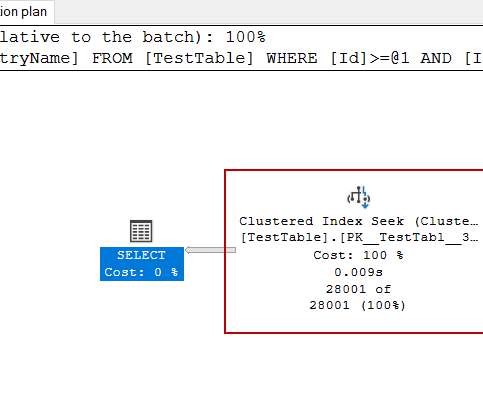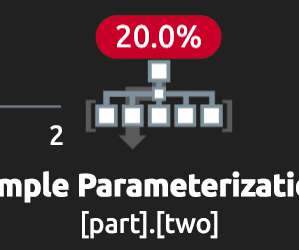Interpreting execution plans of T-SQL queries
SQL Shack
JUNE 12, 2020
In this article, we will analyze a simple T-SQL query execution plan with different aspects. The execution plan is a very significant point to figure out what is going on behind the query execution process. For this reason, if we want […].













Let's personalize your content